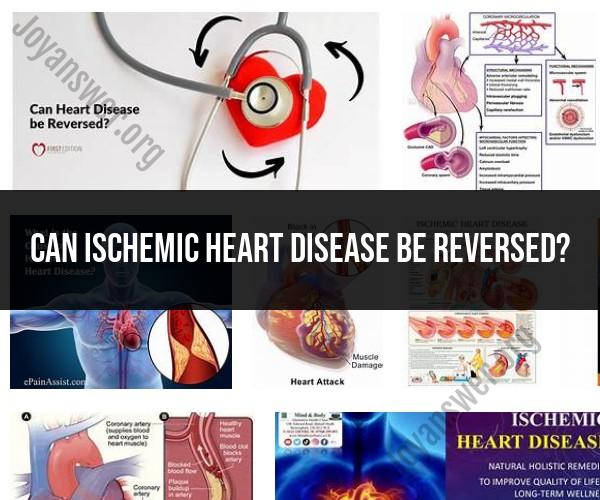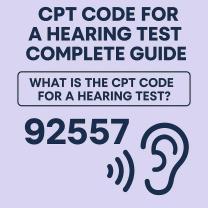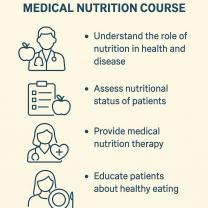Can ischemic heart disease be reversed?
Ischemic heart disease (IHD), also known as coronary artery disease (CAD), is a condition where the blood supply to the heart muscle is reduced or blocked due to the buildup of plaque (atherosclerosis) in the coronary arteries. While IHD cannot be completely reversed in the sense of restoring arteries to their original, pristine condition, it can be managed and improved with various treatments and lifestyle changes. Here are some strategies for managing and potentially improving IHD:
Medications: Several medications can help manage IHD, including:
- Statins to lower cholesterol levels and reduce plaque buildup.
- Antiplatelet drugs like aspirin to reduce the risk of blood clots.
- Beta-blockers and calcium channel blockers to control blood pressure and heart rate.
- Nitroglycerin to relieve chest pain (angina).
- ACE inhibitors or angiotensin II receptor blockers (ARBs) to lower blood pressure and reduce the workload on the heart.
Lifestyle Changes: Lifestyle modifications are crucial for managing IHD:
- Diet: Adopt a heart-healthy diet low in saturated and trans fats, cholesterol, and sodium. Emphasize fruits, vegetables, whole grains, lean proteins, and fish.
- Exercise: Engage in regular physical activity to improve cardiovascular fitness and help manage weight.
- Smoking Cessation: Quit smoking to reduce the risk of further damage to the arteries.
- Weight Management: Maintain a healthy weight to reduce strain on the heart and lower the risk of other cardiovascular conditions.
- Stress Reduction: Practice stress-reduction techniques such as meditation, yoga, or deep breathing exercises.
Cardiac Rehabilitation: Cardiac rehabilitation programs offer a structured approach to improving heart health. They typically include supervised exercise, education on heart-healthy habits, and emotional support.
Medical Procedures: In some cases, medical procedures may be necessary to improve blood flow to the heart:
- Angioplasty and stent placement can open narrowed or blocked coronary arteries.
- Coronary artery bypass grafting (CABG) involves using blood vessels from elsewhere in the body to bypass blocked coronary arteries.
Controlling Risk Factors: Managing underlying risk factors such as high blood pressure, high cholesterol, and diabetes is crucial. Keeping these conditions under control can slow the progression of IHD.
Regular Monitoring: People with IHD should undergo regular check-ups and diagnostic tests to monitor their heart health and make necessary adjustments to their treatment plan.
While complete reversal of IHD may not be possible, the goal of treatment and management is to alleviate symptoms, reduce the risk of heart attacks and other complications, and improve overall heart function. Success in managing IHD often depends on early diagnosis, adherence to treatment and lifestyle changes, and ongoing medical supervision. Individual outcomes may vary, so it's essential to work closely with healthcare professionals to develop a personalized plan for managing IHD.
Ischemic Heart Disease: Insights into the Condition and Its Reversibility
Ischemic heart disease (IHD), also known as coronary artery disease, is a condition that occurs when the blood vessels that supply blood to the heart (coronary arteries) become narrowed or blocked. This can reduce the amount of blood and oxygen that reaches the heart, which can cause chest pain, shortness of breath, and other symptoms.
IHD is a leading cause of death and disability worldwide. It is estimated that over 18.6 million Americans have IHD.
IHD is caused by a buildup of plaque in the coronary arteries. Plaque is a sticky substance made up of cholesterol, fat, and other substances. Over time, plaque can build up in the arteries and narrow them. In some cases, plaque can rupture and form a blood clot. This can block blood flow to the heart and cause a heart attack.
Treating Ischemic Heart Disease: Can It Be Reversed? What to Know
There is no cure for IHD, but there are treatments that can help to manage the condition and prevent complications. Treatment options for IHD include:
- Lifestyle changes: Lifestyle changes, such as quitting smoking, eating a healthy diet, and exercising regularly, can help to slow the progression of IHD and reduce the risk of complications.
- Medications: Medications can be used to lower cholesterol, control blood pressure, and prevent blood clots.
- Medical procedures: Medical procedures, such as angioplasty and stenting, can be used to open blocked arteries and improve blood flow to the heart.
- Surgery: Surgery, such as coronary artery bypass grafting (CABG), can be used to create new pathways for blood to flow around blocked arteries.
Cardiac Health and Ischemic Heart Disease: Exploring Reversal Possibilities
There is growing evidence that IHD may be reversible. This is especially true for people who are in the early stages of the disease and who make significant lifestyle changes.
A study published in the journal Circulation found that people with IHD who made major lifestyle changes, such as quitting smoking, eating a healthy diet, and exercising regularly, were able to reverse the buildup of plaque in their coronary arteries.
Another study published in the journal JAMA Internal Medicine found that people with IHD who lost weight were able to reduce their risk of death by 50%.
While there is no guarantee that lifestyle changes will reverse IHD, they can significantly improve cardiac health and reduce the risk of complications.
If you have IHD, it is important to talk to your doctor about how to manage your condition and prevent complications. Your doctor can help you to develop a treatment plan that is right for you.













